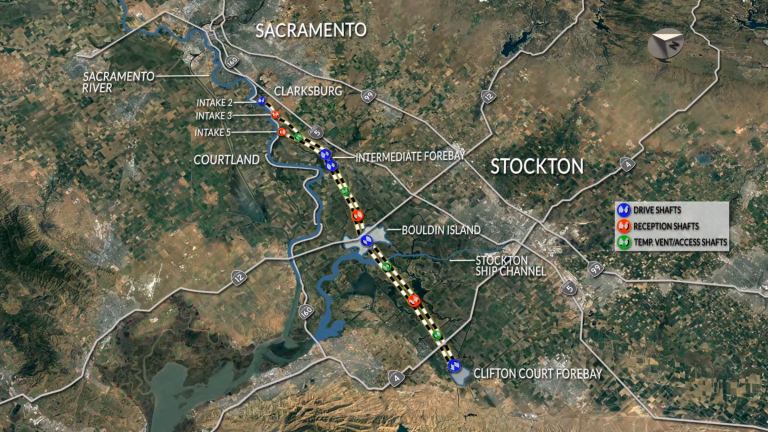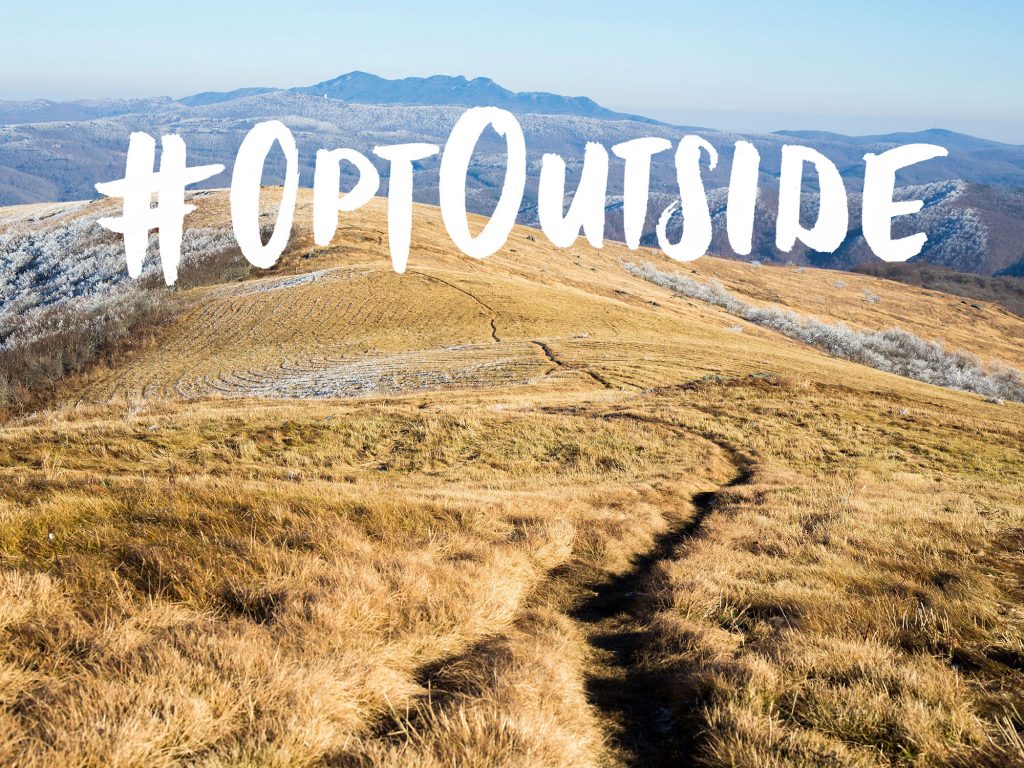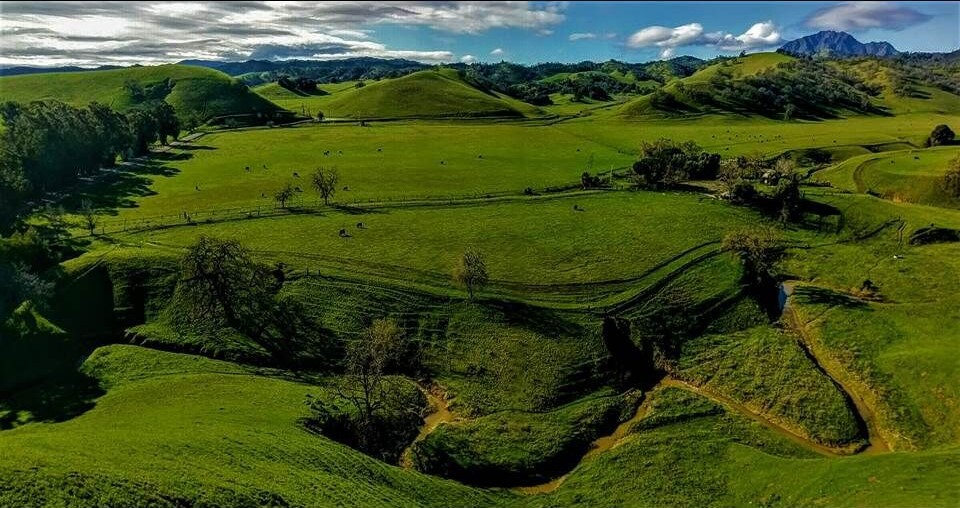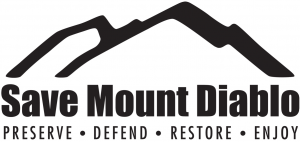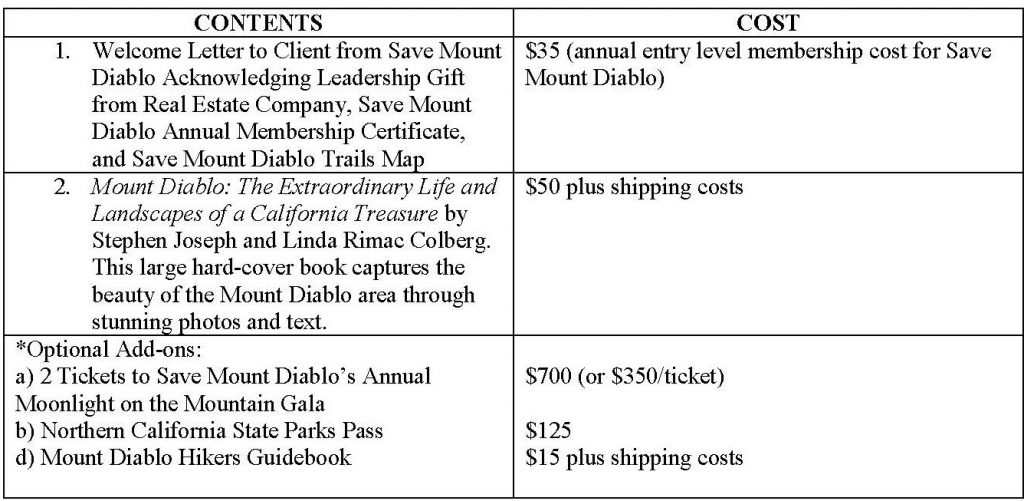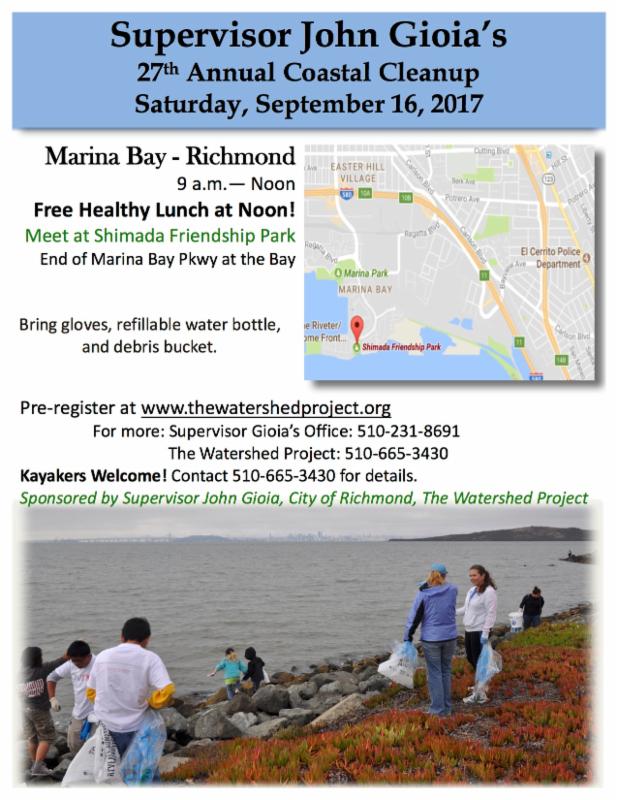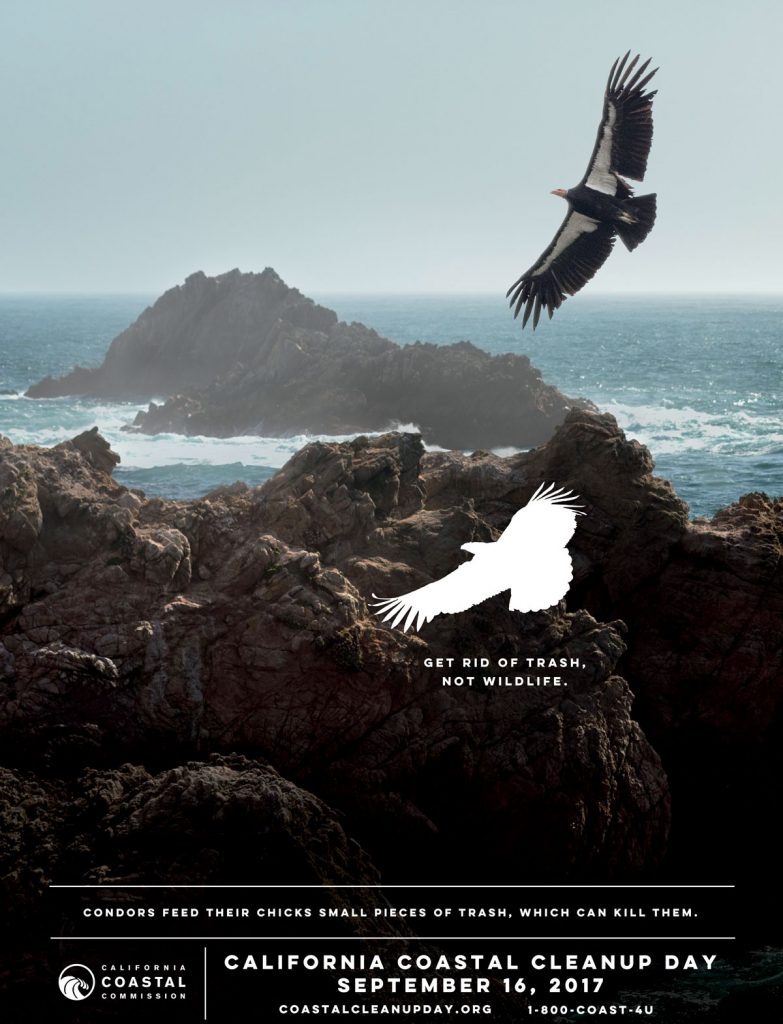 Deadline Extended – Due April 18, 2018
Deadline Extended – Due April 18, 2018
Measure AA is expected to generate $25 million annually for San Francisco Bay restoration over the next 20 years. Funding from this voter-approved measure will allow for the restoration of thousands of acres of natural habitat for wildlife, support our local economy, improve access to public lands, address flooding issues, and create thousands of new jobs.
The San Francisco Bay Restoration Authority’s Governing Board seeks six individuals to serve on the Independent Citizens Oversight Committee. The Committee has three main roles:
- Annually review the Authority’s conformance with Measure AA.
- Review the Authority’s audits and expenditure and financial reports.
- Publish an annual report of its findings, which will be posted on the Authority’s website.
The Board seeks committee members from all four Bay Area regions (North Bay, East Bay, South Bay and West Bay) with special subject matter expertise. Each member of the Independent Citizens Oversight Committee must possess expertise in one or more of the following:
- Water quality
- Pollution reduction
- Habitat restoration
- Flood protection
- Improvement of public access to the San Francisco Bay
- Financing of these objectives.
Ineligibility Factors for Membership
No person may serve on the Independent Citizens Oversight Committee who:
- Is an elected official or government employee;
- Has had or could have a financial interest in a decision of the Authority; or
- Is affiliated with an organization associated with a member of the Governing Board.
Apply to serve on the Independent Citizens Oversight Committee by April 18, 2018.
Application Submittal, Materials, and Deadline
Send your application to karen.mcdowell@sfestuary.org by April 18, 2018. Electronic signatures and scanned signatures will be accepted.
For more information, visit the SF Bay Restoration Authority’s website or contact Karen McDowell, Project Manager, SF Bay Restoration Authority or 415-778-6685.
